2024 Mercedes-Benz GLC 300 Coupe First Drive Review: Redesigned with the same blueprints

INNSBRUCK, Austria – The Mercedes-Benz GLC has been a leader in the compact luxury SUV class since it was originally called the GLK. For 2023, the GLC-Class received a full redesign, but it seems more like a significant refresh on the surface. Mercedes-Benz barely moved the needle between generations, but since its predecessor remained at the top of its game, perhaps an evolution was all it needed.
The 2024 model year sees that full redesign applied to the GLC Coupe body style (the previous-generation Coupe lived alongside the new “long-roof” SUV for 2023). As is the case with the SUV, the differences between old and new are subtle with the Coupe. The headlights and air intakes up front are slightly reshaped, and the tail is a bit less bulbous and features a more prominent flip-up spoiler. While these changes are very slight, the new, more angular rear end definitely works better.
Under the hood of the GLC 300 4Matic Coupe is the same 2.0-liter turbocharged four-cylinder and 48-volt mild hybrid found in the standard GLC. It’s good for 255 horsepower and 295 pound-feet of torque. A nine-speed automatic transmission routes power to all four wheels. Mercedes claims it will accelerate to 60 mph in 6.2 seconds, which is just a bit slower than the BMW X4 xDrive30i (6.0 seconds) and Audi Q5 Sportback (5.7).
We test-drove a European-spec GLC Coupe amongst the epic scenery of the Tyrolian Alps surrounding Innsbruck, Austria. Our test vehicle came with an adaptive air suspension and rear-wheel steering, both of which will not be offered in the United States (at least for the first model year). According to Mercedes, the American-spec suspension is tuned similarly to the default comfort setting in the air suspension. News editor Joel Stocksdale was none too happy about the resulting ride when driving a GLC SUV with 20-inch wheels in Michigan, but with a different suspension and pavement here in Austria, there’s nothing to really add or update at this time.
Power is more than adequate when getting to highway speeds, even on the short Austrian merge lanes. Shifts are reasonably smooth, though the engine groans rather loudly under acceleration. Once up to speed, the cabin remains pleasantly quiet. At 80 mph, road and wind noise are barely detectable. Handling is also more than adequate, but not what one would consider athletic. Body roll is well managed, and the GLC Coupe feels reassuringly planted to the road. We fully expect some sportier AMG variants in the coming years, but for most drivers, this base model is plenty capable.
Charging hard into the hairpin switchbacks, the GLC Coupe is composed under harder braking, though nosedive is prominent. Steering effort is appropriate as the small SUV pitches into the turn and accurately traces through your intended arc. Step back into the throttle, and the GLC settles nicely back into a steady state with no drama. As capable as it is, the GLC 300 doesn’t encourage sporty driving the way a BMW equivalent might. That points to Mercedes’ core strengths of comfort and refinement, and they have obviously served the GLC well.
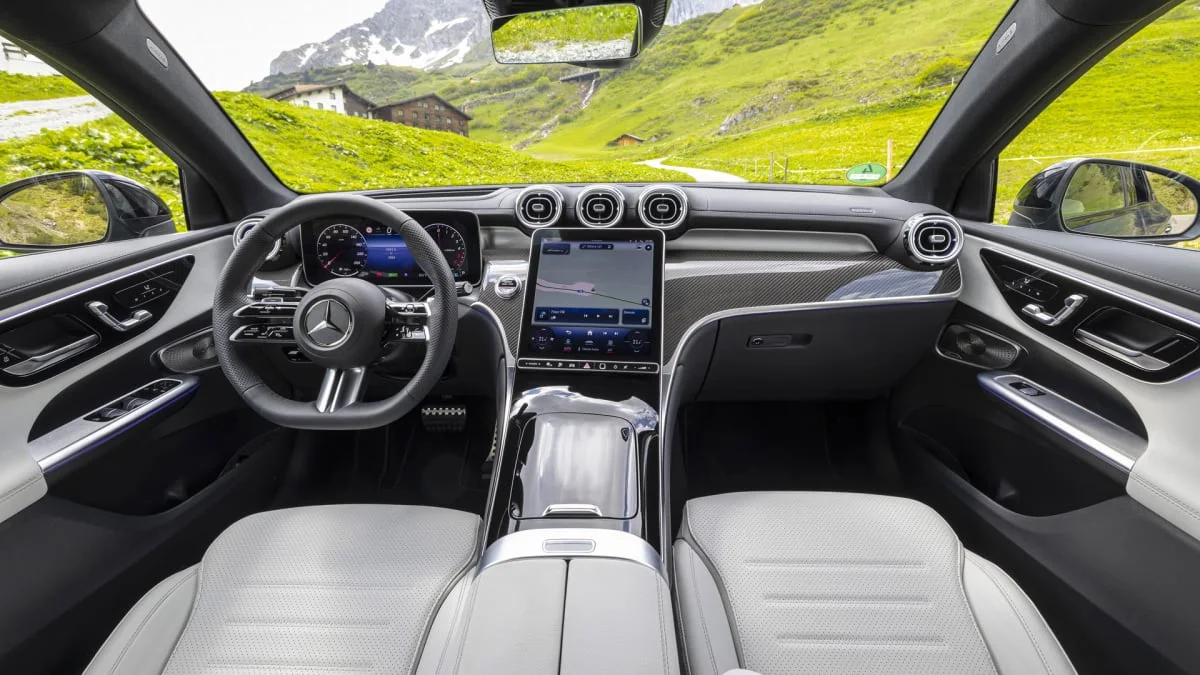
More significant changes can be found inside the new GLC Coupe. As with the previous generation, the interior design is nearly identical to the C-Class sedan. It features a swooping waterfall dash that cascades gracefully to blend into the center console. Ours has a glossy carbon fiber surface that seems appropriate for future AMG variants. For the less sporty models like the GLC 300, the natural wood treatments work better for a warmer and more luxurious cabin.
Mounted smack-dab in the middle of the dash is a large, tablet-like 11.9-inch infotainment touchscreen. It may be bigger than the previous generation’s, but it’s also lower on the dash and further from the driver’s natural sightlines. That means it’s more distracting to use and is compounded by the use of fewer physical buttons. What buttons remain are a combination of push and capacitive-touch (or both), but they’re not as easy to use as the traditional switches or buttons found in the previous generation GLC. To Mercedes’ credit, its “zero layer” screen layout keeps the climate and audio controls at the bottom of the display for easier and more consistent access.
A horizontal digital instrument panel is perfectly placed behind the steering wheel and an optional head-up display projects useful information onto the windshield. Considering the infotainment screen’s placement, getting the head-up display is recommended for its less distracting navigation prompts. On the whole, the infotainment system is well-organized and easy to use. It also features the best voice controls in the industry that could help alleviate searching through menus for a setting adjustment.
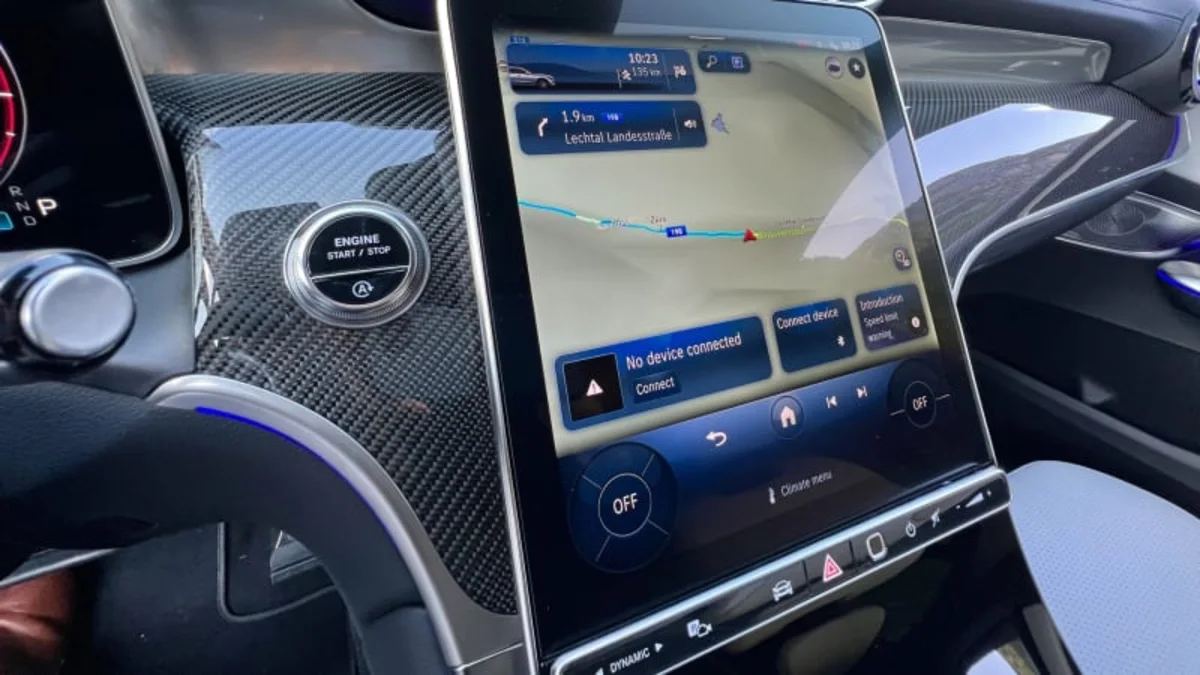
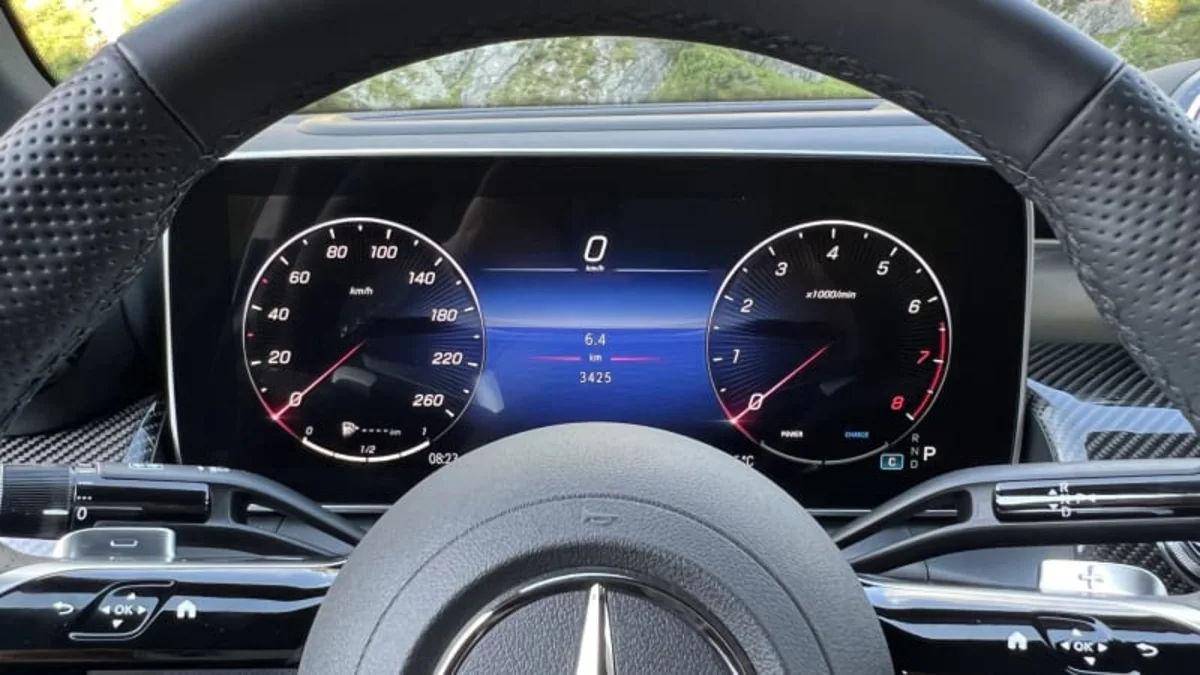
Materials quality is excellent for the class, and it’s difficult to tell what is genuine leather and what is a synthetic substitute. The piano black center console can be swapped out for various wood trims and match the dashboard if you so choose. Underneath it all, the cabin has a sturdy structure that feels substantial, and there weren’t any creaks.
The front seats are generously cushioned for long-distance comfort and over many hours on the road, we never felt any hard points. They come standard with heating, and ventilation is offered as an option. A massage function is not available. The Coupe’s rear seats can comfortably accommodate adult passengers with adequate headroom and legroom. It’s obviously not as spacious as the standard GLC, and those passengers may feel a bit closed in with the smaller windows, but they still offer more room than expected.
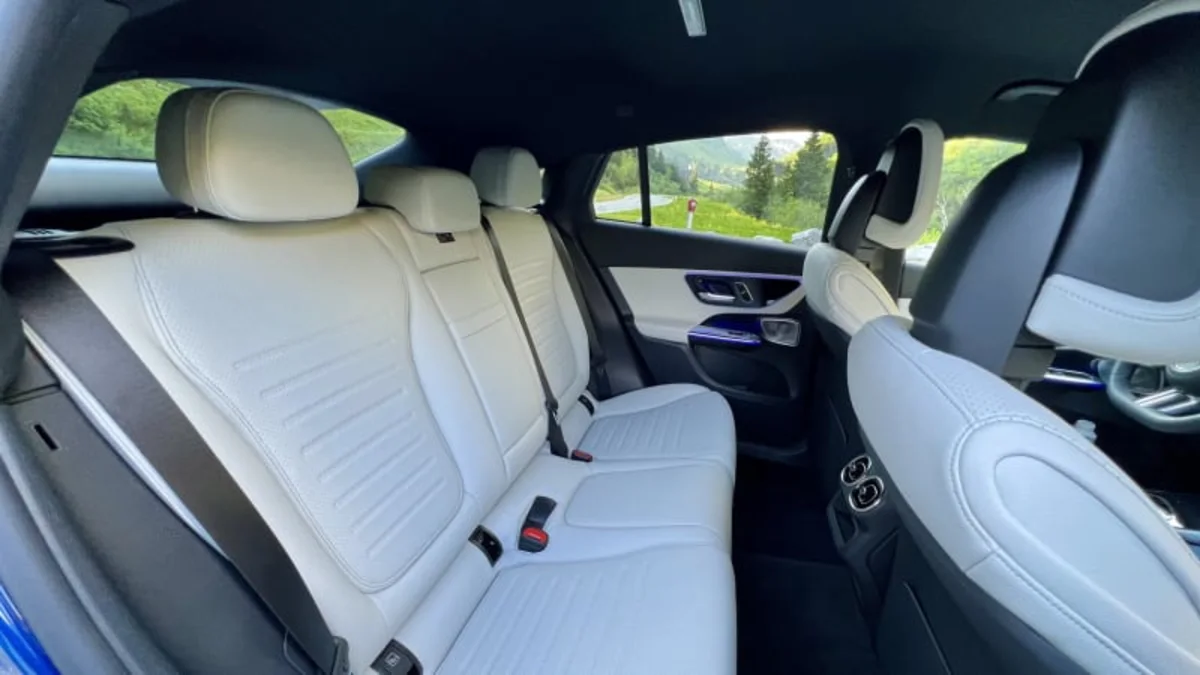
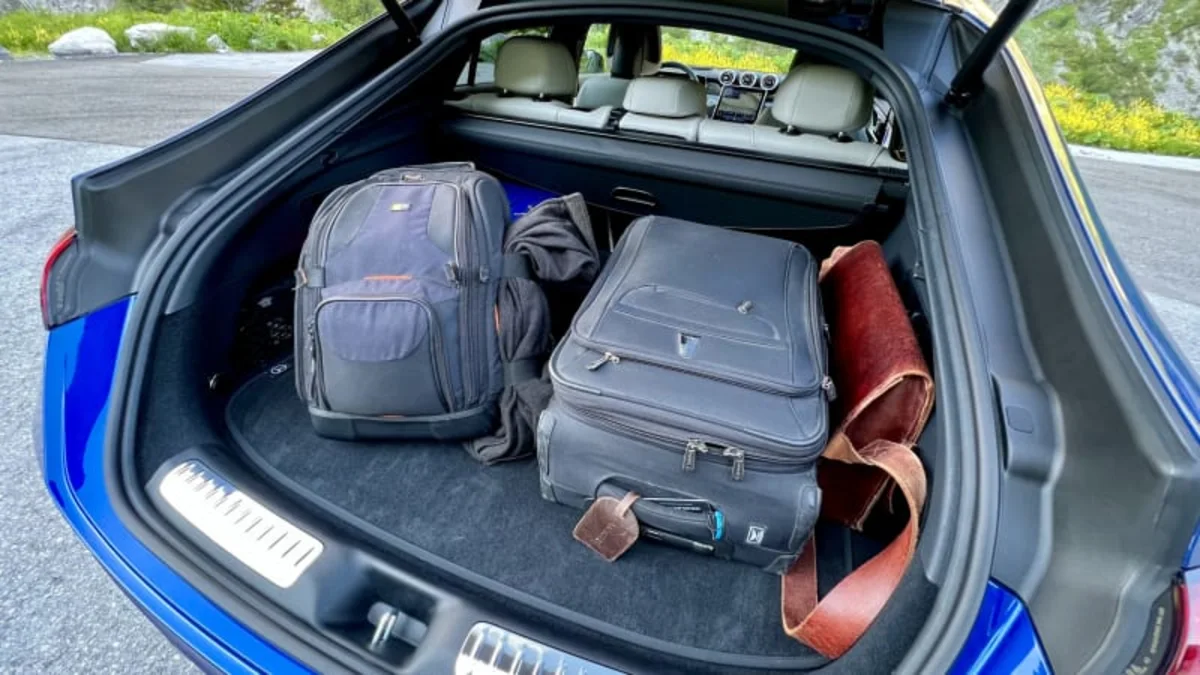
Behind the rear seats, Mercedes says the GLC Coupe holds up to 19.2 cubic feet of cargo. That’s an increase of 1.6 cu ft over the previous generation and only 2.7 cu ft smaller than the standard GLC. It’s worth noting that these are measured only to the bottom of the rear window, not to the roof as most other manufacturers do – and explains why the GLC would seem to have so much less cargo space than rival SUVs (we’ve seen this played out in the real world in our luggage test of the last-generation GLC). Either way, the capacity should be enough for a couples’ weekend getaway or for smaller families. The rear window is much smaller in the coupe, leaving a very limited rearward view. For this reason, we suggest adding the surround-view camera system to make it easier to maneuver into smaller parking spots.
As is the case with the standard GLC, this 2024 Mercedes-Benz GLC 300 Coupe is marginally better in many areas, a bit worse in others and, in general, doesn’t alter its winning formula of comfort and luxury over performance. Thankfully, the new GLC Coupe seems to slightly reduce the space and versatility compromises inherent to “coupe-like” SUVs, but that doesn’t mean we’re ready to fully embrace the concept. And we’re not alone – the industry-wide sales mix skews heavily toward the SUV body style when a “coupe” sibling is offered.
The absence of more significant improvements opens the opportunity for competitors to overtake the GLC’s class-leading position (if they haven’t already), and the interior controls/infotainment screen could represent dealbreakers for some. Skipping big wheels seems prudent, too. As for the Coupe specifically, we would consider waiting until Mercedes rolls out a higher-performing AMG variant to match its sportier silhouette, but that would be for an even smaller audience.







